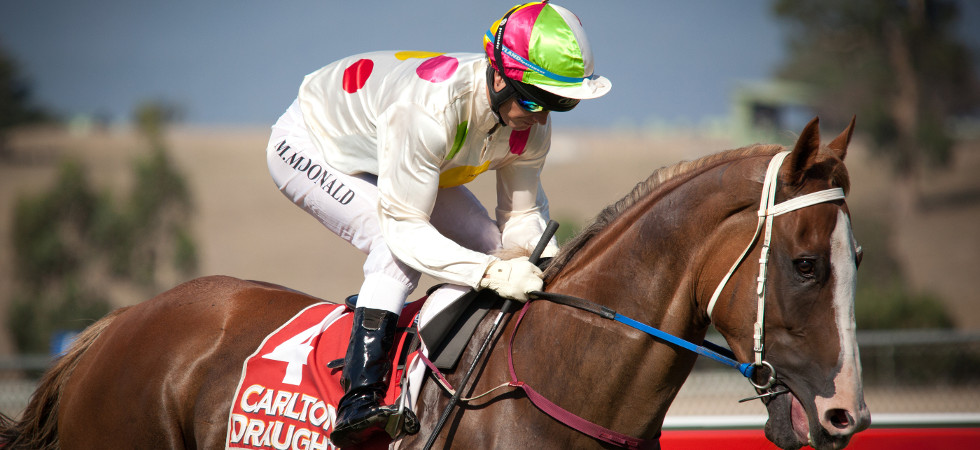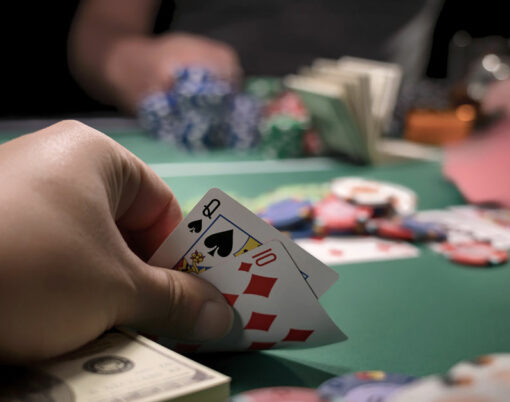With champagne on tap, five-star catering and a good dose of adrenaline to boot, it’s fair to say that an extravagant day at the races makes for a thrilling experience for all – but have you ever paused to think about what it takes for both horse and jockey to reign victorious? If you have a race horse of your own, the chances are that you have – but are you doing all that you can to ensure both horse and jockey thrive?
Professional sports can be demanding, and require a great deal of training and preparation to achieve the optimum level of performance. From nutrition programmes to rigorous practice schedules, a lot of work and attention to detail goes into athletes attaining their peak. But in sports such as horse racing, it’s not just the jockeys who must be at their best, and the horses themselves must be kept in tip top condition and at their ultimate level of fitness in order to race to victory.
Pushing a horse to its limits without a proper conditioning programme can lead to tragic and costly outcomes. Statistics often tell us that the most common injuries horses suffer are related to their legs, and the sad reality is that horses who suffer broken legs see an immediate end to their careers.
Horses’ legs are difficult to heal, and their hooves are essential for blood circulation – so keeping a horse still for a long time can ultimately affect the recovery, condition, and overall health of the horse. Keeping a horse with a severe injury to the legs is costly and ultimately prolonging the agony of the horse, an so an effective conditioning programme is needed to avoid or minimise injury.
Here’s how to keep a racehorse in top condition at all times – ensuring they are always ready to win.
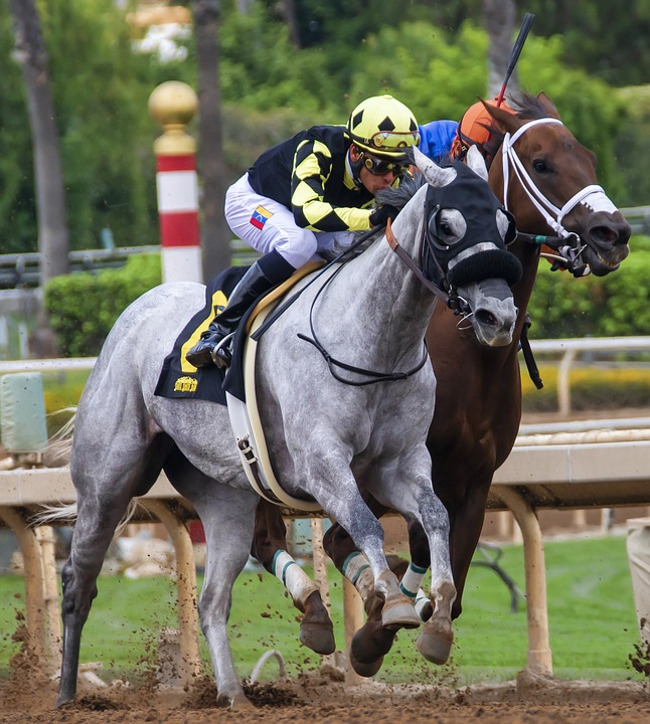
Diet is key
When feeding a racehorse, always remember that it’s more like feeding an athlete rather than a farm animal. You need a strict and calculated diet that will efficiently help with stamina, muscle strength, and recovery.
As mentioned earlier, diets of racehorse differ significantly with that of free-range horses. With free-range horses, most stables provide suitable grazing time. However, with racehorses, overfeeding can be a big problem and can lead to severe conditions that compromise functions with lung and racing ability.
You can safely feed your racehorse a blend of oats, soy oil, mashed sugar beets, and maize. Another fantastic item to feed racehorses is Alfalfa hay, which contains high amounts of calcium, protein, and protein. Don’t forget that clean drinking water is also a must in keeping a horse’s circulation in check, so ensure that yours has a good supply at all times.
Proper grooming sessions
Part of what makes an excellent conditioning programme for horses is an appropriate regular grooming session. Daily sessions are recommended to get a close-up look at the horse’s health and condition. Just like an elite athlete, it’s good to start grooming sessions before starting a workout and doing another cleanup as workout ends.
Grooming doesn’t only involve an ocular inspection of the horses’ coat; it also helps owners, trainers, stable hands, and other personnel to zoom in on certain conditions that might be in need of attention, including skin problems, poor hoof condition and minor injuries involving cuts, swelling or infection.
See it as a pampering session for your horse; they love being adequately groomed, and a regular session helps to develop a bond between the animal and the handler. When this bond is established, the benefits of it immediately carry over to the handling, and in turn, the overall performance of the horse.
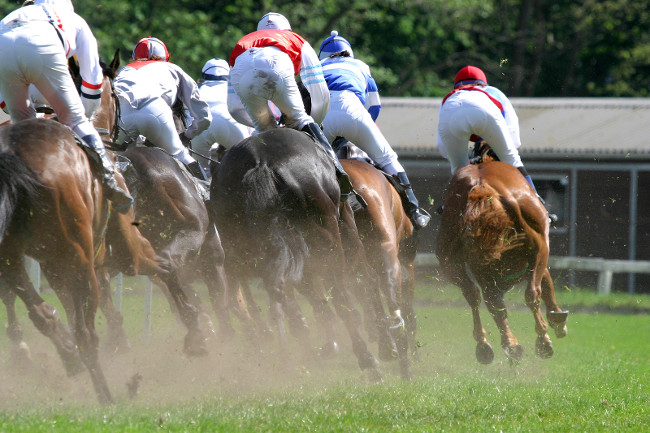
A healthy hoof means a healthy horse
Although hoof care is a part of the grooming ritual, hoof health can have a huge impact on the overall health of your horse, and as such, deserves added attention. The hooves are the first thing to take impact and bear the weight of the horse, and have other crucial functions, too. They help to ensure proper blood circulation and distribute the weight of the horse, as well as facilitating flexible movement, and help to keep cartilage strong.
To take care of your horse’s hooves, you can use a cleaning tool such as a horse pick. These tools can easily clean out debris including rocks, mud, manure, and other foreign material, which can quickly get into the spaces of the hoof. An abnormal accumulation of manure and dirt can lead your horse to develop thrush — a bacterial infection of the hooves that can cause lameness.
Sadly, horses who develop a severe injury or infection of their legs are often euthanized so as not to prolong further injury and suffering. This fact is the reason why owners should always take care of their horses, giving them their undivided attention every single day.
More than just a lucky charm
In the past, horses didn’t need human intervention to take care of the hooves. Instead, they adapted to the terrain, thus regulating the wear and tear their hooves endure. Nowadays, however, thanks to domestication, horses are now living in conditions that were different to those in the past, making their hooves more susceptible to a raft of health conditions.
A good horseshoe is a must to avoid certain diseases from developing. Other functions of a horseshoe are to prevent any abnormal stress, provide traction, protection, support. Some breeds also require horseshoes to improve their performance.
Farriers are skilled professionals who specialise in putting on horseshoes, and undergo rigorous training and education to ensure they are up to the job. Attaching a horseshoe is painless, as the shoe’s nails are driven towards the hoof wall, which lacks sensation. Although horseshoes are suitable for a racehorse, getting them off for a breather for short periods is also useful in keeping their health in check.
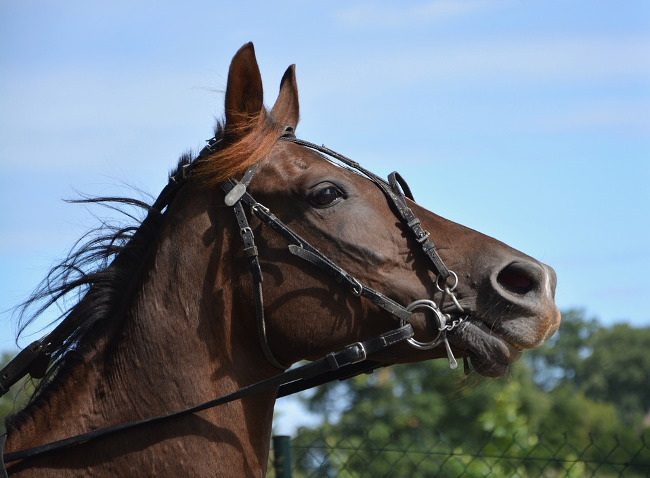
Overworking is just as bad
Whatever your sport or discipline and whatever your conditioning, overworking can result in a some adverse effects on your performance. This fact is true for elite racehorses as well; training and exercise are a good thing, but overworking them can lead to fatigue and possible injury.
If your horse is slow, looks tired or has a dull coat, then give it a good amount of time to rest. Enlist the help of a specialist in horse massage to give your animal some much-needed relief.
Takeaway
Racing is a sport that has unrivalled appeal for many, and there’s nothing quite like an adrenaline-filled day on the tracks. Followed by sites such as TVG Horse Racing, the fast-paced action and thrill it offers are quite unlike anything else – but behind the glitz and glamour of the VIP area, a lot of work goes into getting those horses on course.
If you have a race horse, take some time to look after it and ensure it is in optimum health. Not only will it improve your chances of winning, but will also keep your beloved animal happy and healthy – something it truly deserves.
Image credit at the very top of the article: Neale Cousland/Bigstock.com












